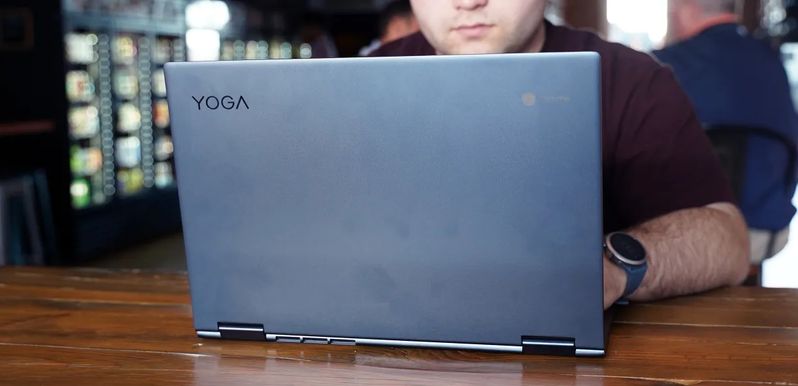Google is developing technology to enable Chromebooks to sense human presence, which would make them more adaptable when it comes to working with them, especially if the facial recognition capability was also included, something that is currently unknown.
According to Chromium Gerrit, the development of a human presence detection feature is presently in its early phases in Chrome OS, so it will take some time before this function can be included as standard.
Another step for Chromebook
This function will require a dedicated piece of hardware. Google is currently testing human presence detection using Lattice’s CrossLink NX LIFCL-17 semiconductor, although it is also employing Antmicro solutions to make the hardware work with open-source code as far as feasible.
Google is testing Chromebooks known as Zork and Brya, the former being a generic name for Chromebooks using AMD technology, according to evidence discovered by 9to5Google. The latter targets 12th generation Intel Alder Lake-based Chromebooks specifically.

For now, the potential of this technology may be observed in Windows machines, which allow for immediate power on when approaching and automatic power-off when moving away from the device. However, in the case of Windows, it is bolstered by Windows Hello for identification that allows users to identify themselves and start using the device as soon as they open it.
This approach has the potential to render fingerprint readers obsolete, and it’s conceivable that in the future it will be used on cell phones as well.
For the time being, it’s a project that is in the early stages of development, and we’ll have to wait for more information to come out, especially if it includes facial recognition support, which would give it even more uses.





